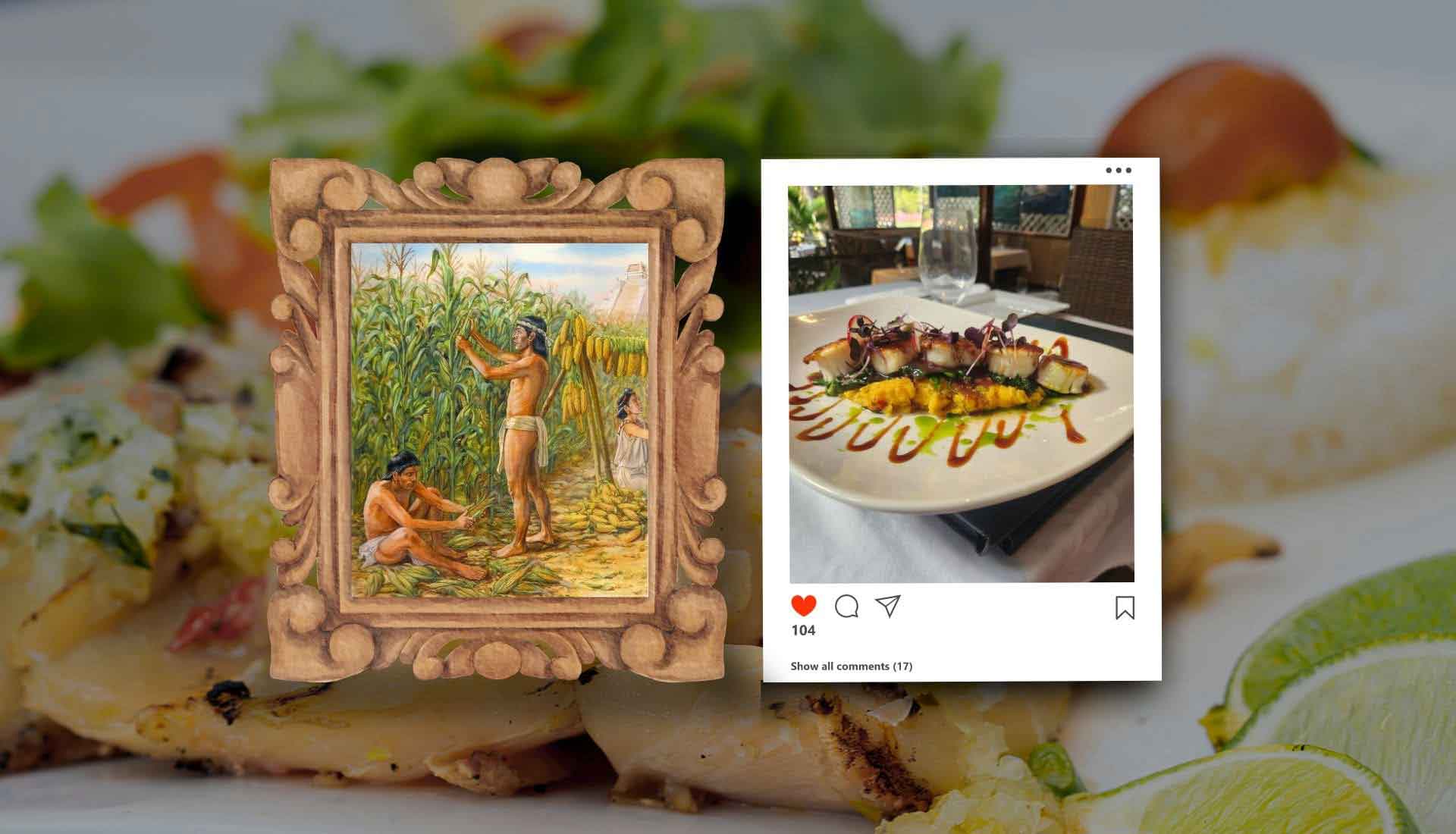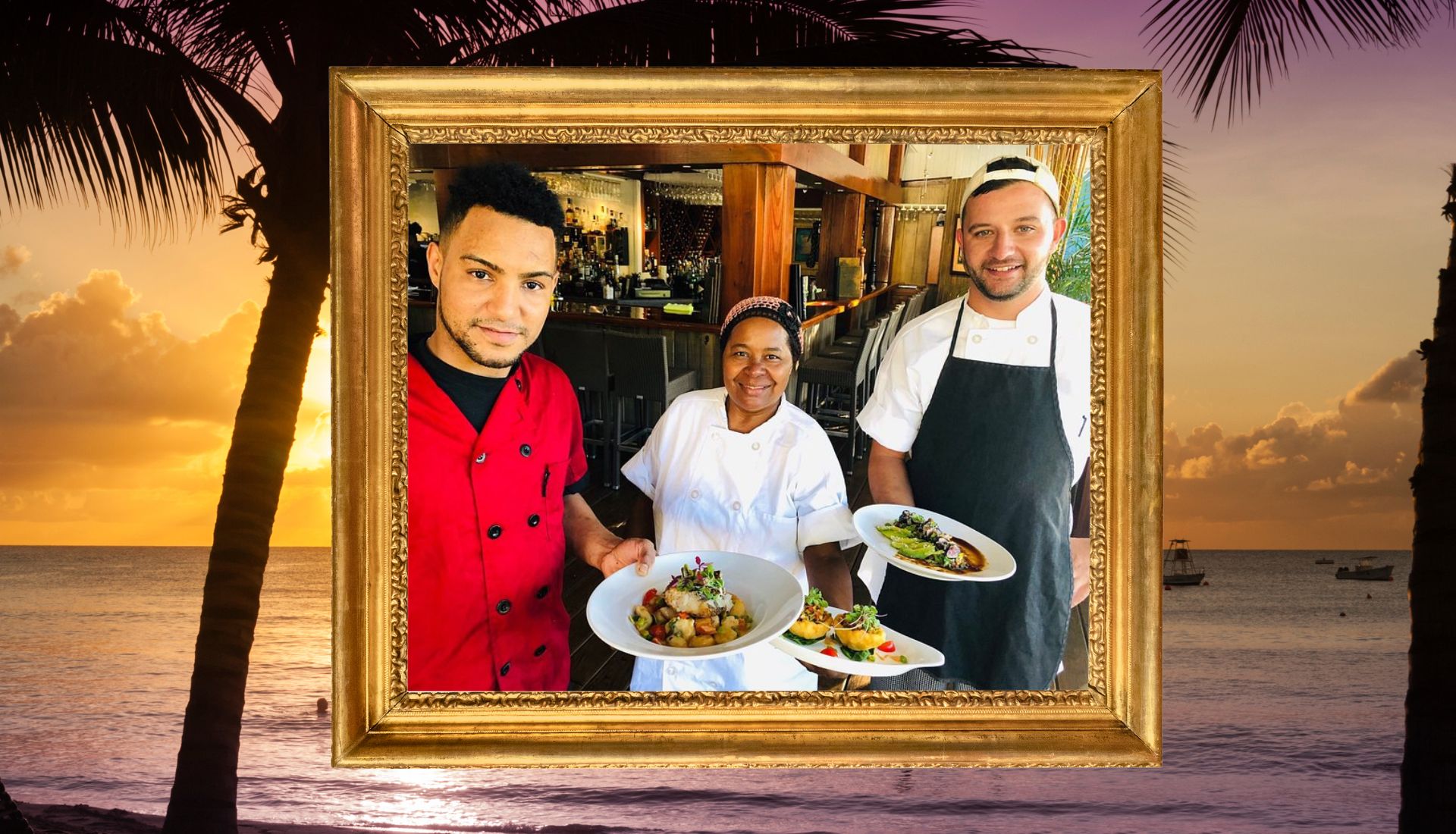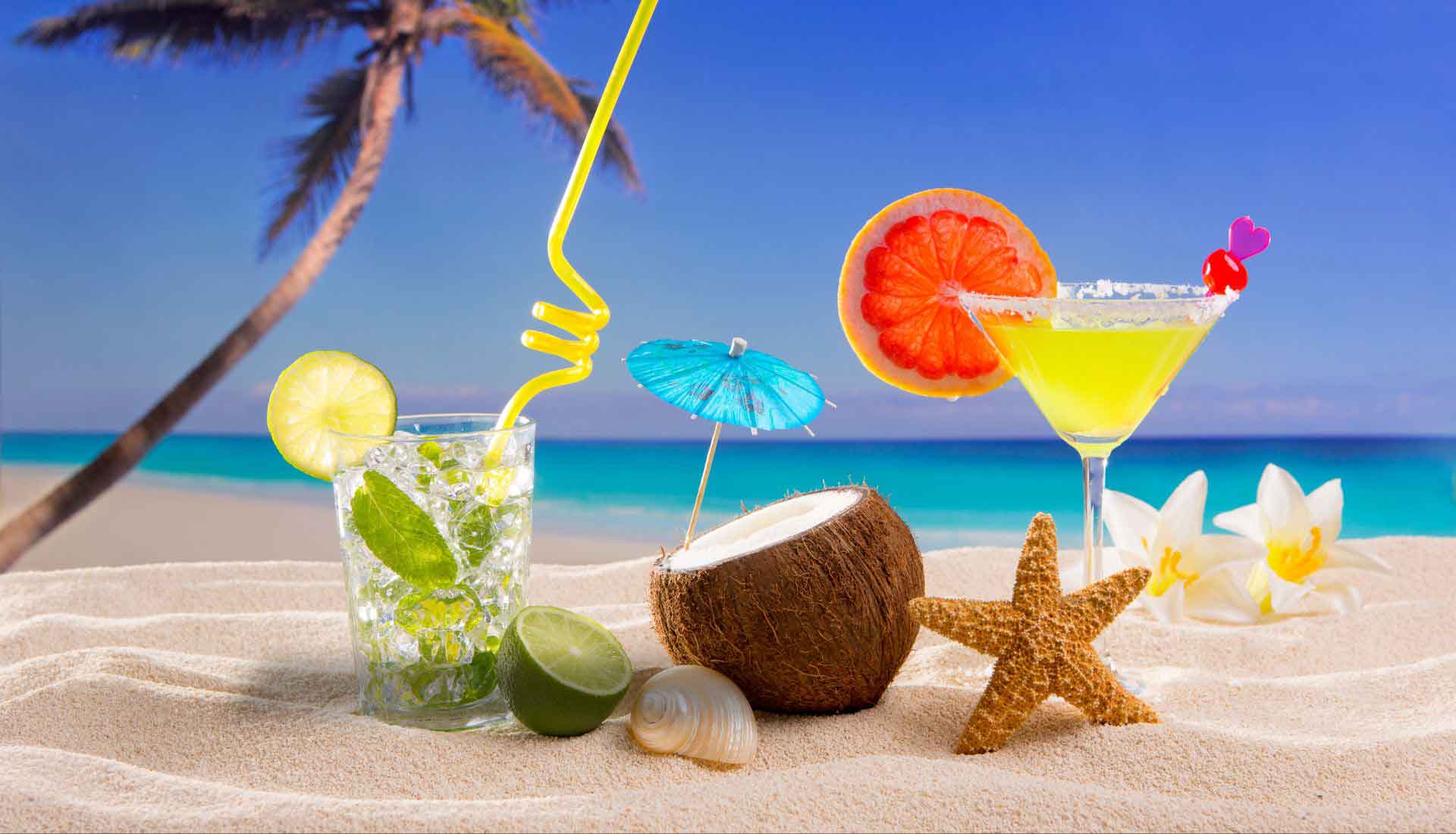
JUNE 26,
2024
Indigenous life in the Caribbean was mainly marked by a deep connection with nature and the land. Communities lived in scattered villages where food was grown, hunting and fishing were practiced and fruits were gathered. Societies developed exchange systems with other nearby tribes. In addition, in many cases they carried out spiritual practices aimed at honoring the natural world around them.
It is for this reason that this lifestyle can be reflected in their cuisine. The use of local ingredients obtained fully from nature and taking advantage of these resources was something deeply rooted that continued to be done over the centuries. Some pillars of the indigenous diet were, for example, yucca and ñane, which provided essential carbohydrates.
In addition, other ingredients were popular, such as corn and chili peppers, which added flavor and variety. The same was true of tropical fruits, mainly some such as papaya and pineapple, which were highly appreciated for their nutritional value and freshness.
When the European colonizers arrived in the Caribbean lands, the cuisine began to be molded from other Western experiences. The French, Spanish and English introduced new culinary techniques, as well as a wide range of ingredients from other lands. These were fused with local indigenous products and traditions, giving rise to some emblematic dishes that still exist today.
Despite the above, something that few people know is that African slaves truly influenced the Caribbean culinary tradition. Their presence brought not only new traditions but also new ingredients and spices. Some of the dishes in which this influence can be seen are rice with beans, meat stews and sancocho, among others. Dishes that today are pillars of the local cuisine.
Is it possible that other territories have also left their mark on Caribbean cuisine? The answer is yes, and it is necessary to look to Asia. Asian immigration left its mark thanks mainly to the arrival of workers from India and China, who also brought new techniques and ingredients, merging with local flavors that already had many variations.
Today, Caribbean cuisine is recognized worldwide for its wide diversity of dishes, as well as for its exuberant flavor. Each country and island has its own culinary specialties, which reflect its history, identity and cultural diversity.
At Morgan's Mango since 1992 we have been dedicated to offering dishes that embody the unique flavors of the island and at the same time we seek to offer a true sensory journey not only through our dishes but also through our décor and ambiance.

Morgan's Mango is a restaurant with a long tradition that has been open since 1992. From the beginning, we have focused on creating an atmosphere that surprises through both the dishes and the ambience, which aims to turn the restaurant into a true Caribbean experience and adventure.
Read more
While it is true that the Caribbean is a region famous for its paradisiacal beaches and pleasant tropical climate all year round, it is also famous for its gastronomy and, in particular, for its cocktails. This time we want to focus on this aspect that is little mentioned but that makes the experience of people in this region.
Read more